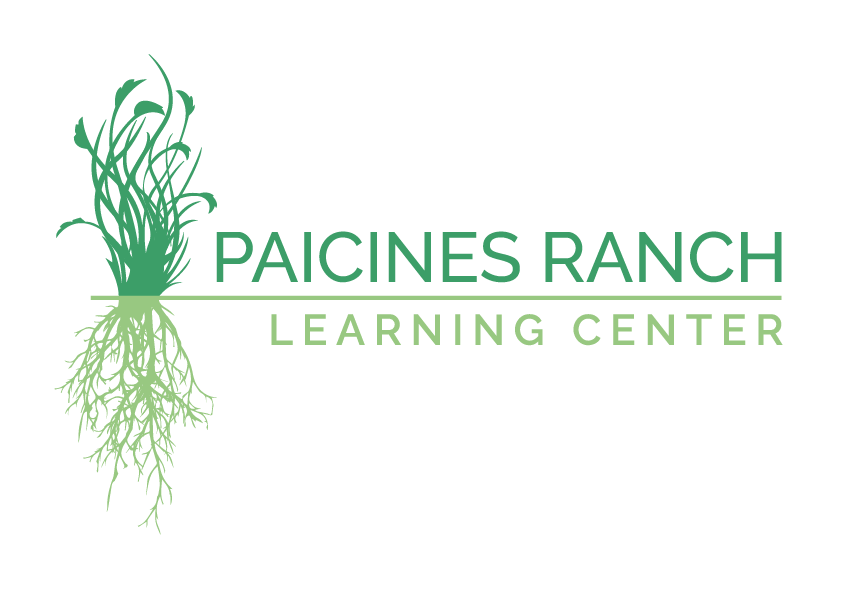Hungry Heifers

by Jessie Maier
I blinked. There’s not supposed to be cattle there! It was a Saturday morning and about a hundred dairy heifers were milling around the Front Field. We’d just moved cattle off of there two weeks before, and the grass was supposed to be recovering so that we could come back and start lambing season on it in March. They’d wandered all the way from the north boundary of the ranch, over the steep, brushy slopes that run along Highway 25, through the reservoir currently filled with water and cockleburs and finally through a small gate that must’ve been left open onto some of our most prized ground. Typical.
At least it was a beautiful day for a ride. In the morning there was frost on the ground, but now as we saddled up, the sun was shining and a cold wind stirred the horses’ manes.

Dairy heifers aren’t like beef animals. They are insanely curious. And cliquey, like a group of high school girls. At any moment a group of two or three may decide that this crowd just isn’t for them and split off to take selfies in the bathroom or lord knows what. This makes them different to move and to work. Indeed, they were waiting for us, watching our approach and batting their eyelashes.
We eazed the ladies down the road and back through the gate into the reservoir. They didn’t stay on the road, but booked it into the cockleburs, a nasty plant that’s an expert at reproduction. It produces painful burrs that stick on clothes, that matt dog hair and that create tangles in horse tails that take hours to brush out. We sent the dogs around to try to avoid getting burrs in the horses’ tails but to no avail. The dogs got the job done but came back covered in burrs of their own, and the horses were too despite our best efforts. We made it to the slopes and picked up another group of heifers that had been loitering around. As the slope gets more sheer, the road splits. We carefully tried to stay low because once you are up high it’s too steep to ride. But of course two got away from me. I took a deep breath and didn’t panic. This wasn’t Idaho, where I spent the summer herding 300 steers on 70 square miles of mountain terrain. I looked down at my dog Kip, who’d spent the summer there with me. ‘Remember the summer?’ I asked him. ‘You got this, bring ‘em!’ And he did, without missing a beat.
Now, with all the heifers back together in one group and heading in the right direction and the sun hanging low in the sky, we could relax and enjoy the ride. The buckwheat glowed burnt orange, the sage shone silver and only the dark green oak trees seemed to absorb rather than reflect the light. The dogs pranced, pleased with themselves for bossing the cattle around and the horses were happy to be heading for home.

Jessie Maier is a member of the livestock crew at Paicines Ranch. She spends her days working as a shepherd and cowgirl with her dogs, Kip and Sansa, and her horse, Kal-el. Before that, she spent two years as a Peace Corps sustainable agriculture extension agent in Senegal, West Africa. During her service she focused her outreach on forage crops for local farmers’ livestock. She first learned about Holistic Management and management-intensive grazing as an undergraduate in agriculture at Ohio State University, and has sought opportunities to practice those principles ever since.
